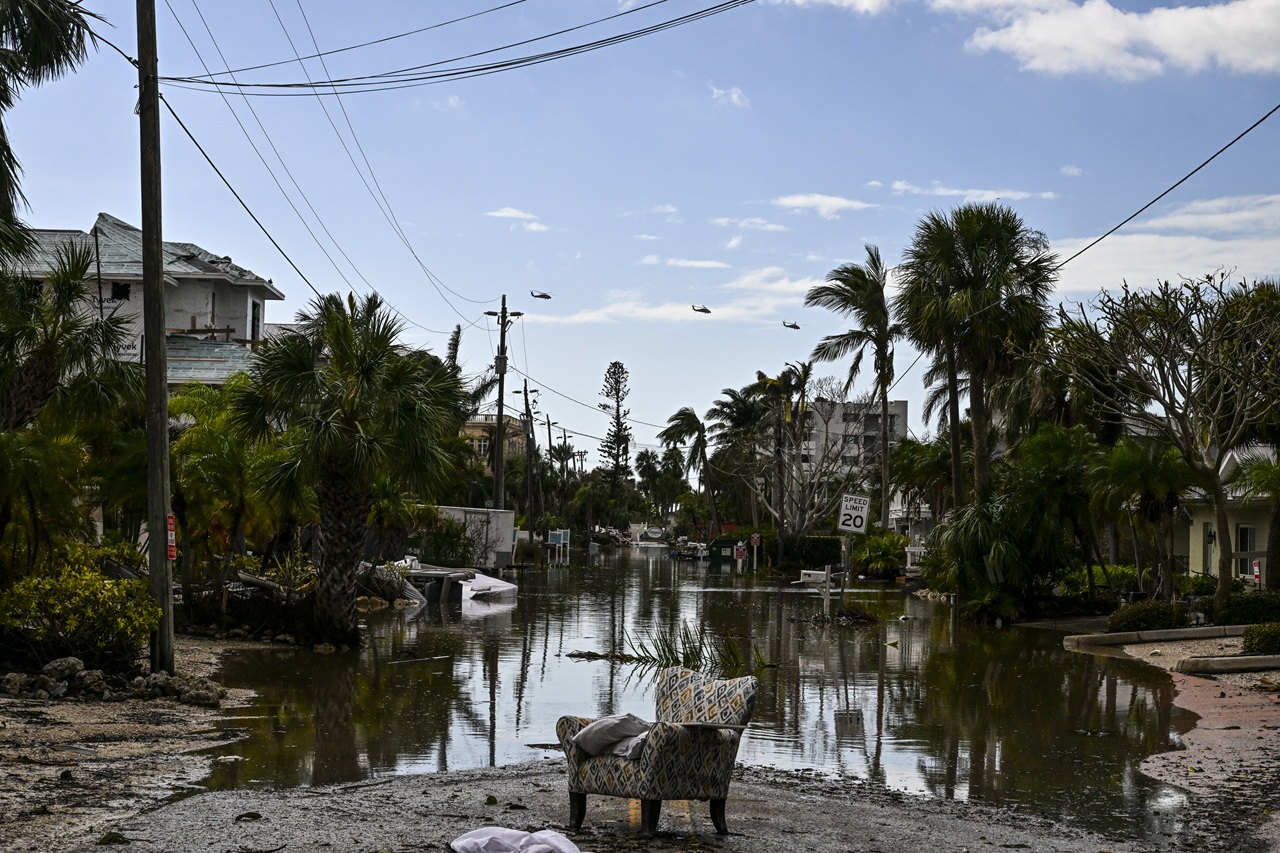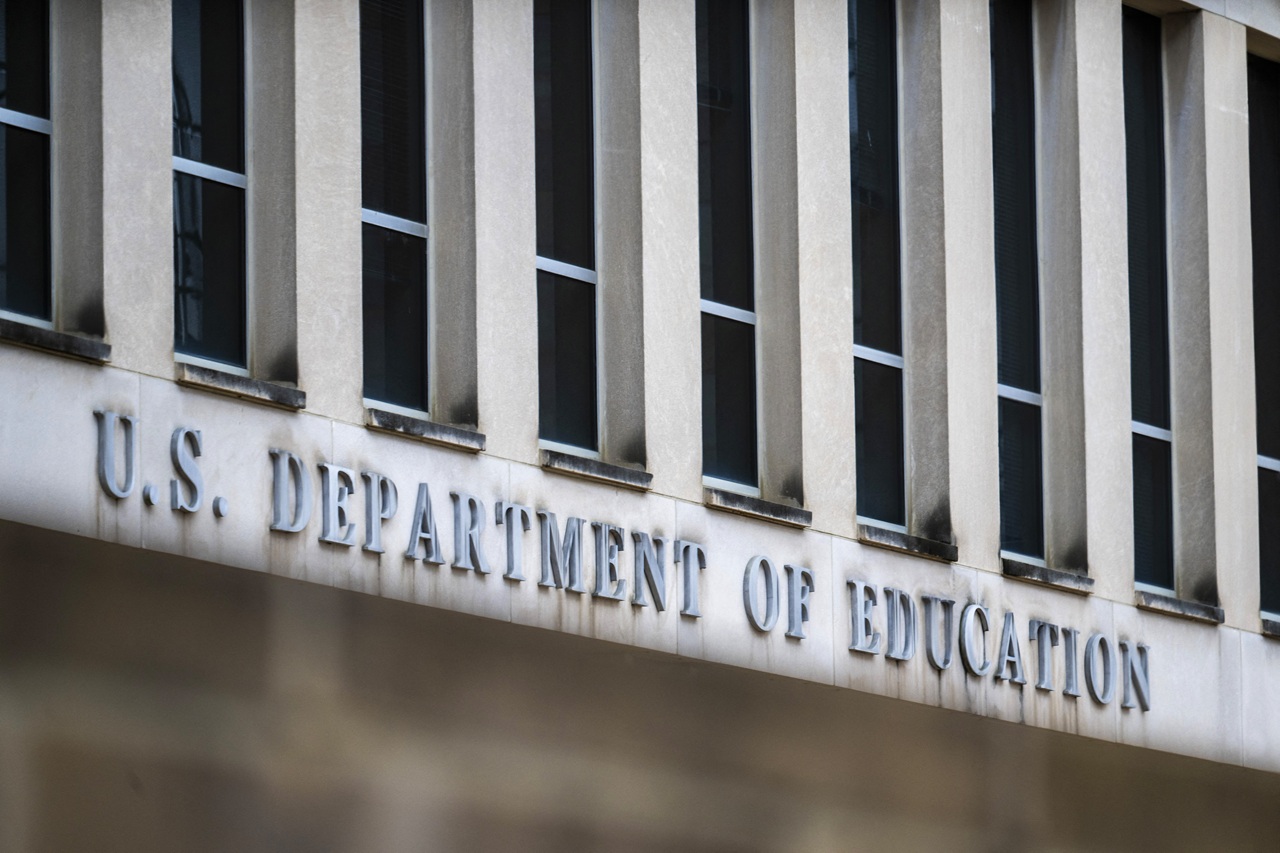
Puerto Rico’s population was overcounted in 2020 census, suggesting a large population loss
A recent post-enumeration survey revealed the population is at 3.1 million despite the Census Bureau saying it fell to 3.3 million last year.
On Tuesday, Aug. 16 was a day of revelation as the Census Bureau concluded a post-enumeration survey with interesting results. It’s a survey used to gauge the accuracy of the census by separately surveying a sample of the population. The idea is to improve the 2030 census.
The survey revealed the Puerto Rican population was overcounted in its 2020 census by over 5.7%, or 174,000 people. The data contradicts what was said in April 2021, when the bureau announced that over the past decade the population had dropped 11.8%, or to 3.3 million people. The enumeration survey revealed that the population is actually closer to 3.1 million.
The bureau cited issues with duplicate records as the reason for the overcount.
The rate of inaccurate count was well over 9.8%, or 319,000 people. According to the findings, more than all of them, 9.1%, or 294,000 people were accredited to duplicate records. In stark contrast to the U.S. mainland, the rate of incorrect counting due to duplication was only 1.6%.
“So you could have people counted at multiple places, and we were not able to detect that they were duplicated,” Timothy Kennel, assistant division chief for statistical methods at the Census Bureau, told NBC News.
Kennel also said that the most common error that leads to duplicate records are college students living in dorm rooms who filled out the census on campus and then their parents fill it out as if they’re still living at home.
According to Mario Marazzi, the former executive director of the Puerto Rico Institute of Statistics and now a current member of the Census Scientific Advisory Committee, 10% of the Puerto Rican population was counted twice.
RELATED CONTENT
The population overcount errors were most common among women over 50, or 11%, and men over 50, or 8.3%. Following those groups were women age 30 to 49, or 4.9%. According to the bureau, 5.7% of adult males and 7.3% of adult females were overwhelmingly overcounted in the 2020 census.
In a primarily Spanish-speaking place, according to Marazzi, most have two last names and as a result, “may not be reporting their names consistently in every form,” due to the lack of
space on form. Additionally, birth dates are also written differently leading to more inaccurate counts. In Spanish, birth dates start with the day, not the month. As a result, non duplicative efforts do not always account for these kinds of inconsistencies and can lead to more overcounts in the future.
In the same kind of non duplication efforts in all the 50 states and Washington D.C., according to Kennel, they use administrative records from the social security administration, IRS, U.S. Postal Service, and the Medicare enrollment database to be able to “match people in different households,” which leads to duplicates being removed. However, Kennel says that the island does not have access to the same quality records as that of the U.S. mainland.
This is not the first time Puerto Rico has had issues with overcounting on the census. The 2010 census also overcounted that population by over 4.5%, or 160,000 people. The population at that point was over 3.7 million.
In the 2010 census, the rate of miscalculations was well over 7.9%, or 290,000 people. According to records, just like in the most recent census, nearly all, 7.2%, or 264,000 was attributed to duplication. Kennel hopes this can lead to better and creative ways of fixing the issue ahead of the 2030 census.
"We want to partner with stakeholders to think about how can we improve the census in Puerto Rico, so we do not have an overcount, nor an undercount — Maybe if we had better administrative records in Puerto Rico, we could do a better job of removing some of those duplicates, detecting them and making sure we are trying to lower duplication,” Kennel said.











LEAVE A COMMENT: